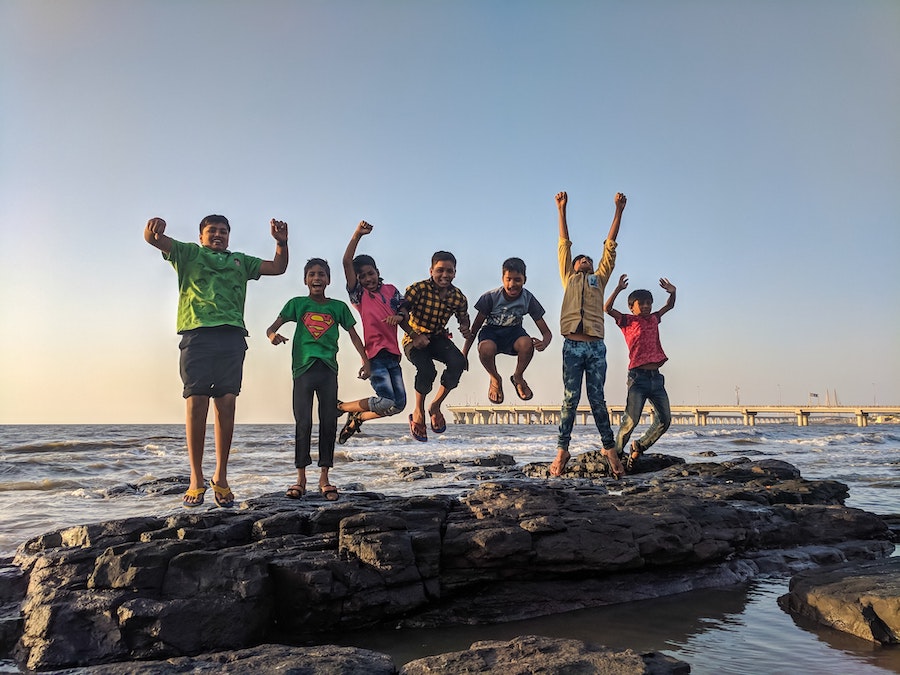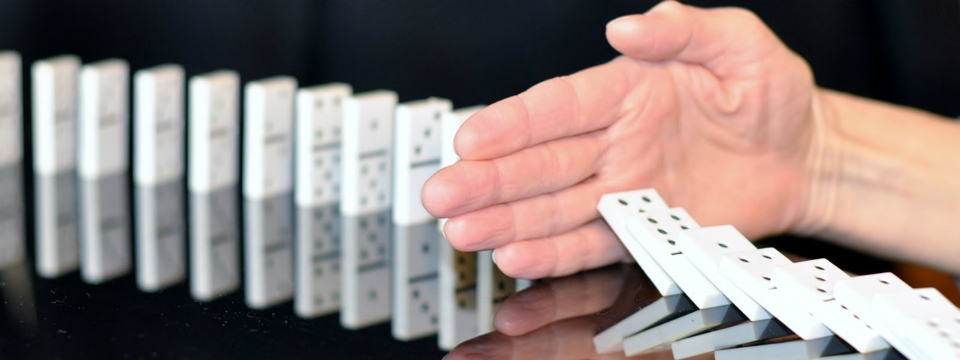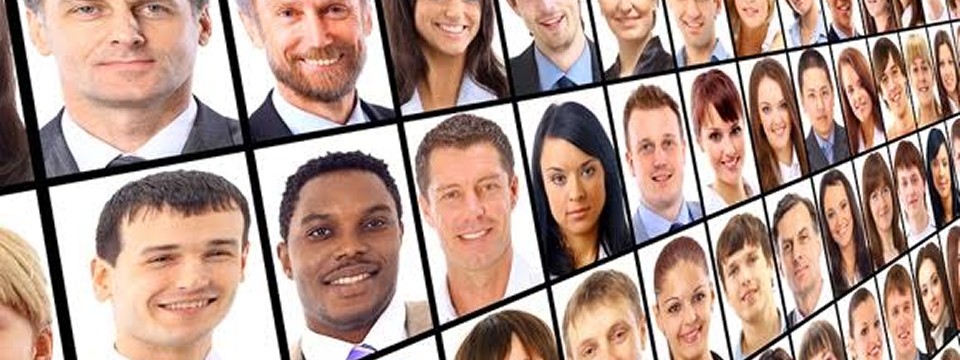Study suggests ways to strengthen post-pandemic connections
O’Regan, C., Brady, B., & Connolly, C. (2022). Building back better – Using an ecological lens to argue for strengthening mesosystemic connections for young people in a post pandemic world. Child Care in Practice.
https://doi.org/10.1080/13575279.2022.2084364
Summarized by Ariel Ervin
Notes of Interest:
- It is evident that the ongoing COVID-19 pandemic will have long-term effects.
- Its disruptions are affecting people unevenly – with the most at-risk being more likely to experience its detrimental effects.
- This paper utilized Bronfenbrenner’s ecological model* to assess a) how COVID-19 disruptions affected young people on a macro level, b) how youth services and schools were disrupted on a micro level, and c) the potential for stakeholders inside and outside of formal education to collectively support positive youth development in the policy spaces of the exosystem.
- Individual
- Youths with access to parental support and digital devices fared better than youths without access to these resources.
- At-risk youths were more likely to encounter learning loss and be affected by mental health issues.
- We need to establish initiatives to promote students’ social, emotional, & learning needs, adopt holistic educational approaches, and engage stakeholders in policy design & implementation.
- Microsystem (School, family, household, youth group, youth services, peers)
- COVID-19 disruptions were the most severe for youth services and schools at the micro level.
- Students with poorer well-being levels during school closures were more likely to report having more negative relationships with their teachers.
- Active, supportive parents alleviated the detrimental effects of school closures.
- Many students experienced a perceived boost of work and cited it as a specific source of additional stress.
- Despite the disruptions in services, many people have turned to and increased their skills in digital services – thus promoting collaborative work and innovation.
- Youth workers made a significant difference in providing essential services.
- Mesosystem (Connections between school – family – household – youth group – youth services – peers)
- Social networks in the mesosystem can activate social and instrumental support across settings (home, school, peer settings, work, youth programs, etc.).
- Learning how to behave in different contexts can positively shape one’s awareness of how they fit in the world and their sense of self.
- The well-being of individuals who don’t have strong networks is more likely to be affected. They experience discrimination and challenges that can detach them from their communities and peers.
- Collaborative work between systems to bolster positive influences over time and increase support for youth transitions have positive implications.
- Given how influential the relationships between contexts are on youth developmental trajectories, practices and policies need to strengthen mesosystemic connections post-COVID-19.
- Given how youths are active participants in these contexts, youths’ autonomy needs to be actively acknowledged.
- Exosystem (Youth system & supports; education system & supports)
- There are two policy documents that provide insight into how community and education stakeholders can collaboratively promote positive development.
- CUMASÚ Empowering through learning
- Aimed at ensuring…
- a) a responsive training system and education
- b) progress for at-risk learners and learners with special education needs
- c) training and support for providers
- d) establishing relationships between society, economy, community, and education
- e) providing strategic support systems and directions in collaboration with stakeholders.
- Wellbeing Policy Statement and Framework for Practice
- Requires schools to create actions to enforce this policy in their self-evaluation process.
* – Helps illustrate the important relationships between individuals, their social contexts, and their wider communities, which have direct and indirect effects.
Introduction (Reprinted from the Abstract)
It is a truism to state that across the world the COVID-19 pandemic brought about and continues to cause disruption on a scale not seen before. As the pandemic is still very much ongoing, its lasting impact will take time to fully unfold. This article uses ecological theory to map the impact of the COVID-19 pandemic on young people and their wellbeing, based on some initial published studies. It reviews how their micro system contexts, especially access to school and youth services were further disrupted adding to the pressure and isolation experienced by many. Continuing the ecological framework the paper explores the policy spaces within the exosystem where stakeholders are engaged in promoting youth wellbeing and support. It is this policy “space” that this article argues has the potential to scaffold positive youth development and supports in the aftermath of the pandemic. It will argue in particular for the need to extend and enhance mesosystem connections, especially for those without strong natural support networks.
Implications (Reprinted from the Discussion)
Having worked through this ecological review of the impact of COVID at the individual, micro and exosystems, it is important to consider what role strengthening mesosystem connections can play in promoting resilience and recovery post pandemic.
Why the mesosystem?
Bronfenbrenner (1979) defines the mesosystem as “the interactions among two or more settings in which the developing person actively participates” (p.25) and states that there are positive impacts on the developing young person where the roles and activities across settings are mutually positive and reinforcing. This approach is also embedded in the national wellbeing strategy which states: “Bronfenbrenner’s ecological model of human development supports this view and offers a comprehensive systems-based understanding of wellbeing. It acknowledges the importance of the individual and his/her immediate relationships in their social context and in their wider community. This model demonstrates that to be human is to be relational and that wellbeing is always realised in a community” (Government of Ireland, 2018, p. 10).
To access this article, click here.










